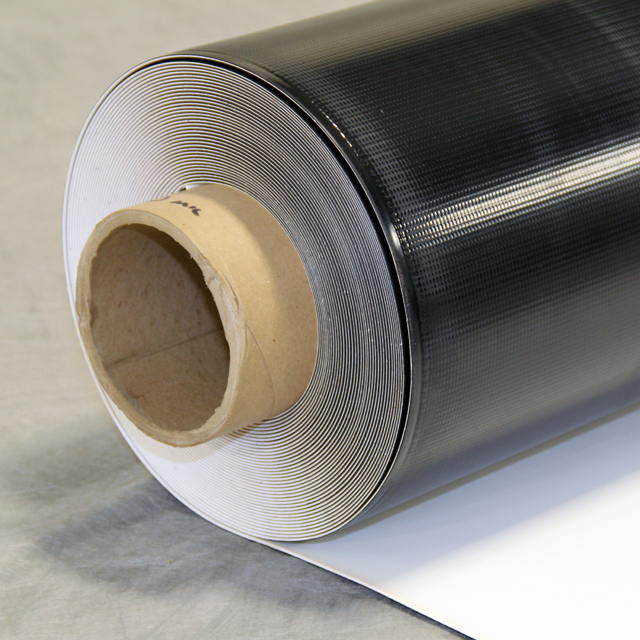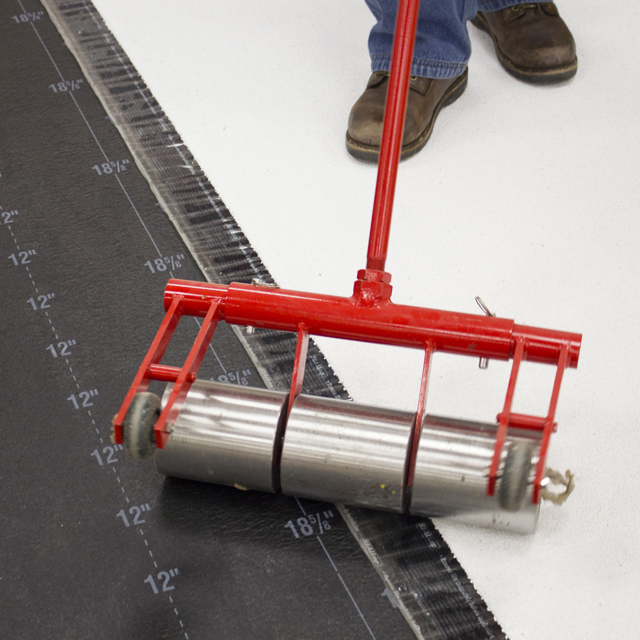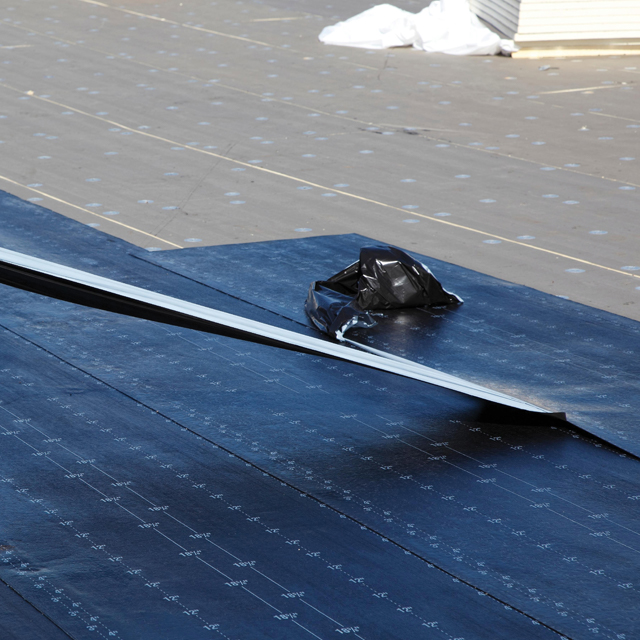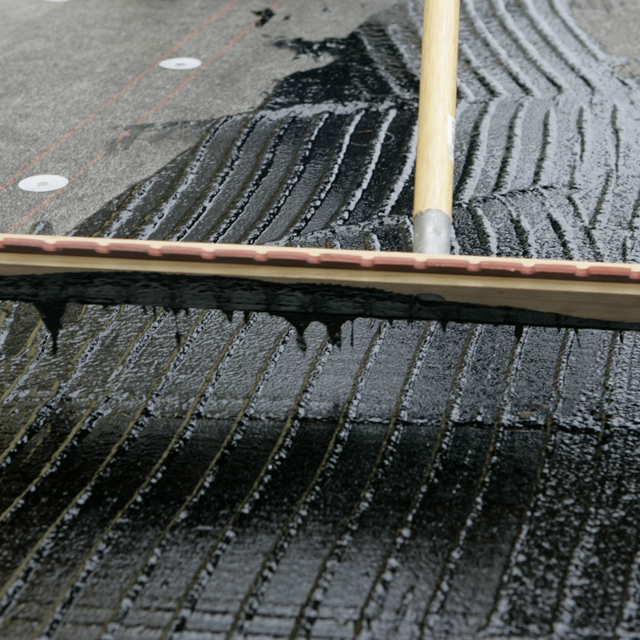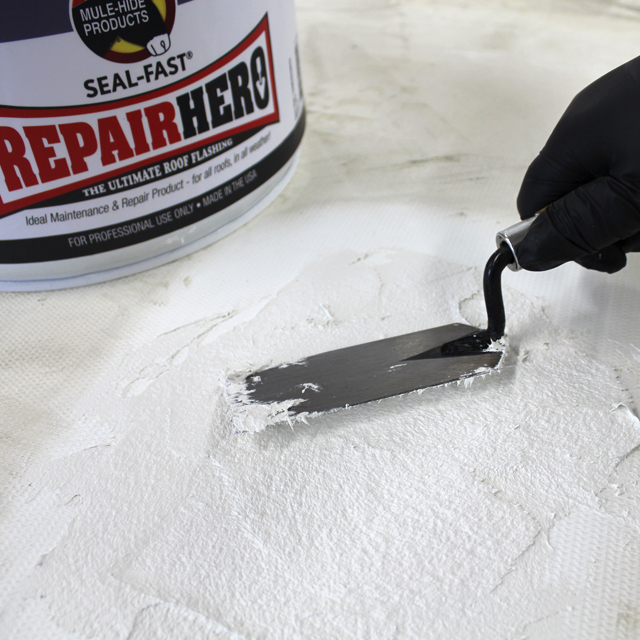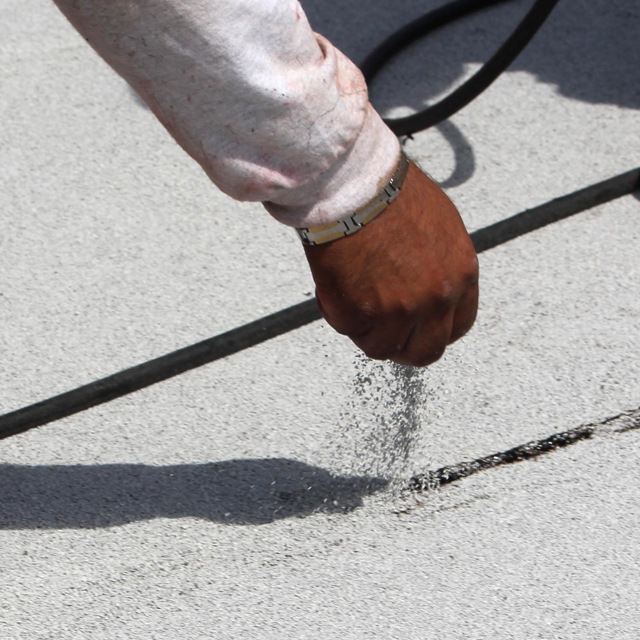Single solution pitch pans for any low slope roofing job including vertical surfaces offers the flexibility to create any pitch pan size.
Mule hide rolled roofing installation.
The system must be installed over acceptable roof insulation or other suitable substrate.
See the mule hide tpo specifications manual for complete specifications and details.
Decking requirements for most residential and small commercial roof ing projects wood is the most common deck material.
The installation of any mule hide roof system is in a coastal area or high wind zone.
See the mule hide self adhered modified bitumen application guidelines for complete specifications and details.
Walkway rolls are trimmed in safety yellow along the length of the sheet to better define the walkway area.
It provides great tear and pull through.
Explore shapeshift available at over 800 abc supply locations nationwide find a mule hide rep or distributor at the location nearest you.
Mule hide g2 base is designed as a base sheet for mule hide torch applied modified roofing applications.
This system must be installed over an acceptable base sheet roof insulation or other suitable substrate.
Mule hide recommends a minimum 1 4 inch per foot roof slope to assure proper drainage and to maintain the integrity of the new roof ing system.
Submittal builder customize your own submittal package containing all necessary documents and drawings.
For the purpose of this manual mule hide will only address plywood and wood.
It may also be used in built up roofing applications.
Do not apply to shingles shakes or other residential roofing material.
Membranes 5 adhesives 4 sealants 3 acrylic coatings 5 silicone coatings 5 sebs coatings 5 air vapor barrier 3 asphalt cements coatings 6 cover boards 1 drains 2 edge metal 7 fasteners termination 3 flashing 8.
Tpo walkway roll incorporates an aggressive non slip diamond plate tread pattern of polyester reinforced tpo material that offers excellent tear and puncture resistance.
If the mule hide roof system should exceed the structural load conditions as determined by an architect or engineer.
